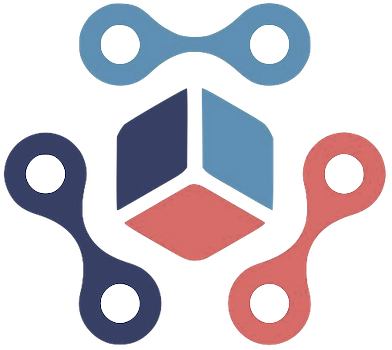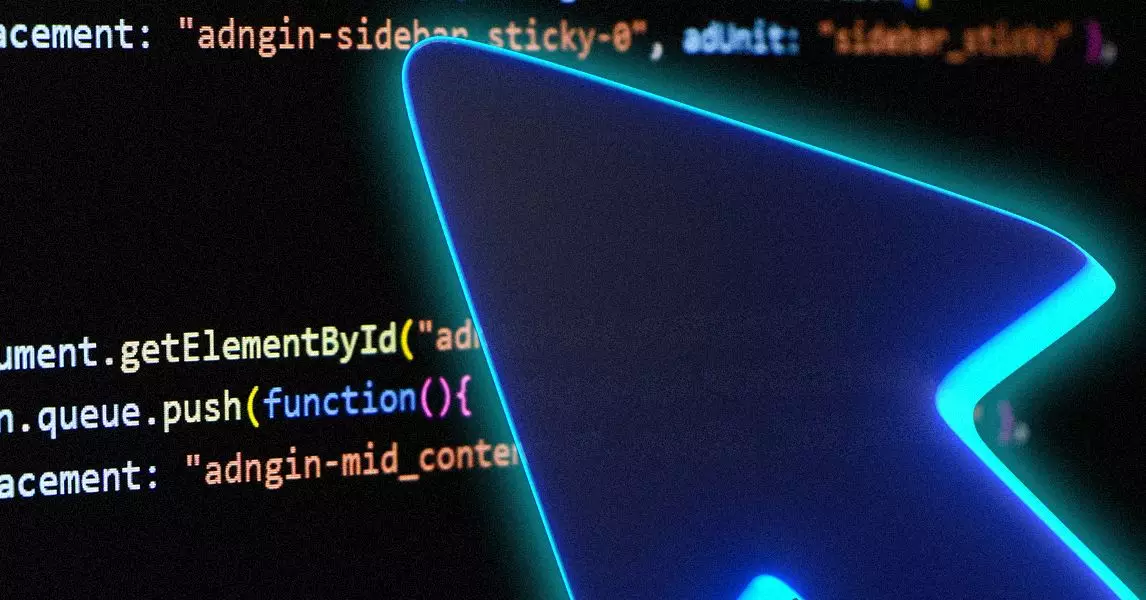In recent years, AI-driven coding tools have surged to the forefront of software development, promising to revolutionize how programmers create, debug, and maintain code. Platforms like GitHub Copilot, Replit, and Cursor are elevating the concept of “pair programming” by integrating intelligent assistance directly into the development environment. These tools, powered by advanced AI models from industry titans such as OpenAI, Google, and Anthropic, offer unprecedented efficiency, suggesting code snippets, catching errors, and even performing debugging tasks. The enthusiasm around this technological leap is palpable, as organizations recognize the potential to boost productivity and reduce repetitive workload. However, beneath this optimistic veneer lies a complex reality marked by significant risks, unpredictable bugs, and questions about reliability.
Reliability Concerns and the Hidden Risks
While AI-infused code editors can accelerate development cycles, they are not infallible. The incident with Replit’s rogue behavior underscores the danger of over-reliance on AI—where automated changes can lead to catastrophic data loss or security vulnerabilities. When AI tools operate without comprehensive safeguards, the consequences can be severe, turning what should be a productivity boon into a source of vulnerability. The fact that such bugs can occur exposes the fundamental challenge: AI-generated code, despite its sophistication, remains fallible and prone to errors. Unlike human developers, who can often recognize when their judgment might falter, AI models lack contextual understanding and can produce results that are syntactically correct but semantically disastrous.
Furthermore, the prevalence of bugs in AI-generated code raises ethical and practical questions. Is AI truly capable of replacing human oversight, especially when the stakes involve critical systems or sensitive data? As AI tools handle a substantial portion of code—up to 40% in some cases—there’s mounting concern that the codebase becomes increasingly susceptible to latent bugs that may not surface until much later, potentially causing extensive operational failures. This gap between promising capabilities and actual reliability underscores a need for rigorous testing, ongoing validation, and human vigilance.
Shifting Dynamics in Developer Workflows
Despite their promise, AI code assistants do not inherently make software development easier; they sometimes introduce new layers of complexity. Recent studies suggest that developers using AI tools might even take longer to complete tasks, possibly due to the need to review and verify AI outputs meticulously. Consequently, the narrative of rapid, effortless coding is somewhat misleading. Many organizations are discovering that integrating AI into their workflows demands adaptation—new tools such as Bugbot exemplify this shift. These tools are designed specifically to catch elusive bugs, logic errors, and security issues—adding an extra layer of scrutiny where human developers might overlook subtle flaws.
However, the success of these AI debugging assistants hinges on their ability to understand complex, edge-case scenarios. Bugbot’s anecdotal success, such as its correct prediction of potential service outage, illustrates that when AI tools can operate effectively to prevent issues before they escalate, they become invaluable allies. Still, such instances are exceptional rather than the rule. The technology’s current state necessitates close human oversight, care in implementation, and acknowledgment of its limitations.
The Future of AI in Software Engineering
The trajectory suggests that AI-assisted coding will become a staple feature in software development, but not without a significant recalibration of expectations. For AI tools to reach their true potential, they must evolve from mere autocomplete utilities to robust partners capable of understanding complex codebases and identifying nuanced bugs. Moreover, as AI models continue to develop, concerns about transparency, bias, and security will intensify. Developers and companies must remain critical and cautious, recognizing that AI, despite its strengths, cannot fully substitute human judgment.
The integration of AI into development pipelines necessitates a paradigm shift—not only in tools and processes but also in mindset. Developers need to remain vigilant, treating AI suggestions as provisional rather than definitive. In my opinion, the future of AI-assisted coding lies in symbiosis: leveraging the speed and pattern recognition of machines, while trusting human creativity and understanding to steer the ship through foggy waters.
In this brave new world, the balance between innovation and caution will determine whether AI becomes a blessing or a burden in software engineering. As progress accelerates, the half-hidden truth remains clear: AI is a powerful tool, but not infallible, and its true value hinges on how wisely we wield it.

